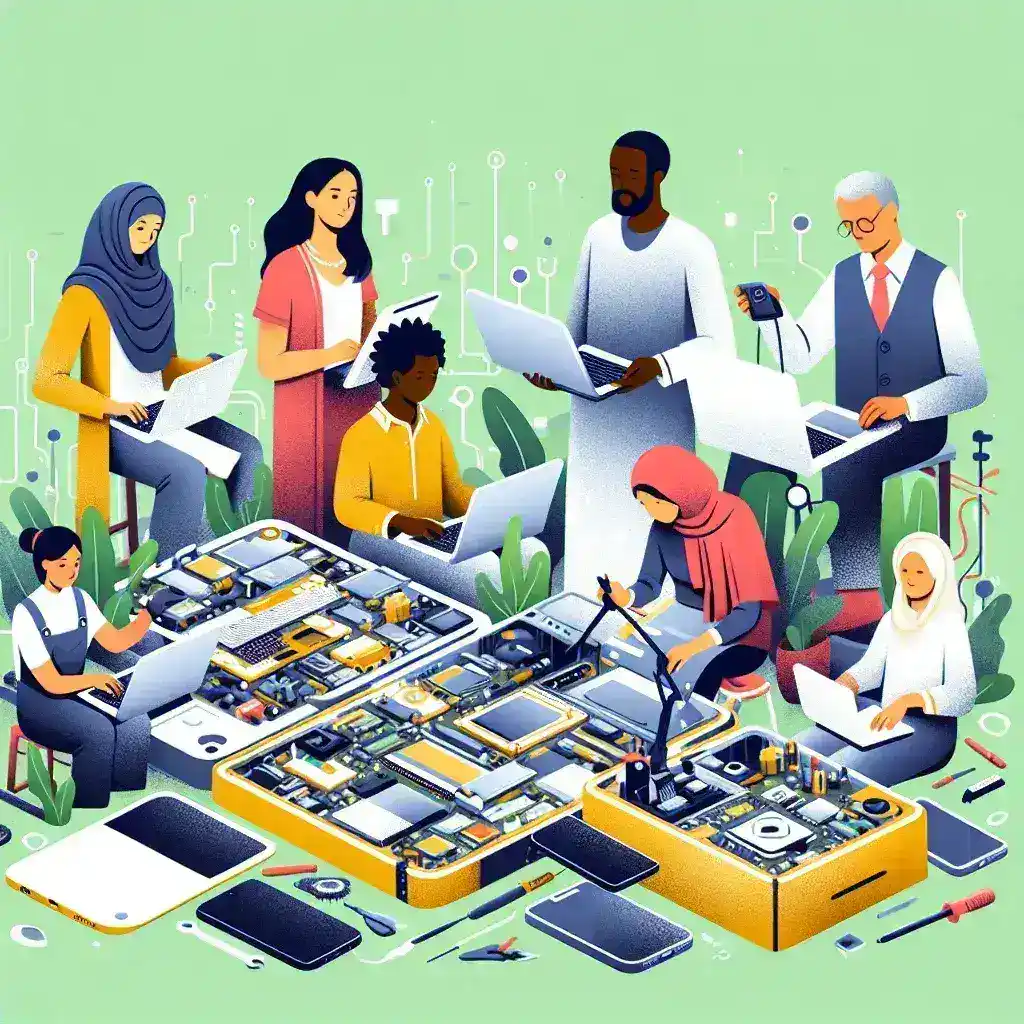Introduction
In an age where technology shapes every facet of our lives, the emergence of shared repair culture within developing tech ecosystems is a transformative trend. This phenomenon not only promotes sustainability but also fosters community engagement and economic resilience. In this article, we will explore how shared repair culture manifests in these ecosystems, the historical context that has led to its rise, its cultural significance, and what the future may hold.
The Historical Context of Repair Culture
The roots of repair culture can be traced back to a time when products were built to last. Before the advent of planned obsolescence, consumers often repaired their items instead of discarding them. This historical foundation is crucial for understanding how shared repair culture is re-emerging today, particularly in developing tech ecosystems.
Planned Obsolescence and Its Consequences
Planned obsolescence, the design of products with an artificially limited useful life, led to a throwaway culture that has dominated the last few decades. With the rapid advancement of technology, many consumers found themselves purchasing new devices every year. However, this cycle has left a significant mark on our environment and has made technology inaccessible to many in developing regions.
Understanding Shared Repair Culture
Shared repair culture refers to a community-oriented approach where individuals come together to fix, maintain, and repurpose technology. This culture is characterized by the sharing of knowledge, tools, and resources to support repair efforts.
Key Components of Shared Repair Culture
- Community Workshops: Spaces where individuals can gather to learn repair skills and fix items collaboratively.
- Tool Libraries: Organizations that lend tools and equipment necessary for repairs, reducing the need for individual ownership.
- Online Platforms: Websites and forums where users exchange information, tutorials, and support for repairs.
- Education: Programs that teach repair skills, often targeting youth and underserved communities.
The Role of Technology in Facilitating Repair
Technology itself plays a dual role in the repair culture. While it has contributed to the throwaway culture, it has also provided the tools necessary for grassroots repair movements to flourish.
Digital Knowledge Sharing
Online platforms and social media have enabled communities to share repair manuals, tutorials, and forums for troubleshooting. For instance, websites like iFixit provide step-by-step guides that empower individuals to tackle repairs on their own.
Mobile Applications
Various mobile applications facilitate local repair efforts by connecting individuals who need repairs with those who have the skills to help. These platforms often include features like scheduling, payment options, and reviews, making the repair process more accessible and trustworthy.
Cultural Relevance and Economic Impact
The emergence of shared repair culture in developing tech ecosystems has wide-ranging implications for cultural identity and economic stability.
Fostering Community Identity
Shared repair culture fosters a sense of belonging and community. By working together, individuals develop connections, share experiences, and build skills that contribute to their cultural identity.
Economic Benefits
Repair initiatives can stimulate local economies by creating jobs and promoting entrepreneurship. As communities invest in repair workshops and tool libraries, they can reduce reliance on imported products, keeping money within the local economy.
Challenges Facing Shared Repair Culture
Despite its numerous advantages, shared repair culture faces several challenges that need to be addressed for it to thrive.
Access to Resources
In many developing regions, access to tools, spare parts, and repair facilities is limited. This scarcity can hinder repair efforts and discourage community participation.
Stigma Surrounding Repairs
There is often a negative perception associated with repairing products, with many consumers preferring to buy new items instead. Changing this mindset requires education and awareness-building efforts to highlight the benefits of repair.
Future Predictions
The future of shared repair culture in developing tech ecosystems looks promising, with several trends pointing towards growth and sustainability.
Increased Collaboration
As communities recognize the importance of repair, we can expect to see increased collaboration between local governments, NGOs, and tech companies to support repair initiatives.
Legislation for Right to Repair
The Right to Repair movement is gaining traction globally, advocating for laws that require manufacturers to provide access to spare parts and repair information. This shift could significantly influence the shared repair culture.
Conclusion
The emergence of shared repair culture in developing tech ecosystems represents a significant shift towards sustainability, community engagement, and economic resilience. By prioritizing repair over replacement, communities can foster a more sustainable future while preserving cultural values and promoting economic growth. As technology continues to evolve, the shared repair culture stands as a testament to the power of collaboration, creativity, and community-driven solutions.

